
You are doing it all wrong. Here's the right way to store cleaning supplies
Cleaning supplies are essential for maintaining a clean, healthy, and hygienic home—but when they’re stored carelessly, they can quickly turn into a safety hazard. Improper storage not only reduces the effectiveness of cleaning products but can also put your household at risk of chemical exposure or accidental poisoning.
Understanding the best practices for storing cleaning supplies helps ensure they stay potent, accessible, and safe to use. In this guide, we’ll highlight the most common storage mistakes and provide smart, eco-friendly strategies to help you maintain a safe and organized home.
1. Avoid Storing Supplies Under the Sink
Although the cabinet under the sink might seem like a convenient spot, it’s one of the worst places to store cleaning products. The area is often humid, dark, and prone to leaks, which can lead to product degradation, mold growth, and even corrosion of metal containers. The cramped space also makes it hard to organize bottles properly, increasing the risk of spills or accidental mixing.
Better alternative: Keep cleaning supplies on a high, well-ventilated shelf or in a dedicated cabinet away from moisture. This keeps items dry, accessible, and safely out of reach of children and pets. For added organization, use risers or tiered shelves to make full use of vertical space.
2. Ensure Proper Ventilation
Good airflow is essential when storing chemicals that emit fumes. Without ventilation, vapors can build up in enclosed spaces, leading to unpleasant odors or even respiratory irritation. Over time, this buildup can also damage surrounding surfaces.
Choose a storage area with natural or mechanical ventilation—such as a utility closet with a vent, a laundry room with a fan, or an area near a window that can be opened regularly. If possible, leave small gaps between containers to prevent heat and fumes from being trapped.
3. Keep Chemicals Separate
Never store all cleaning supplies together in one place. Some products can react dangerously when combined—even unintentionally. For instance, mixing bleach and ammonia creates toxic chloramine gas, while combining acids and alkaline cleaners can generate harmful vapors.
Use separate shelves or bins for each chemical type—disinfectants, glass cleaners, degreasers, etc.—and clearly label each section. This simple precaution prevents dangerous interactions and makes it easier to grab what you need without confusion.
4. Always Keep Labels Visible
Labels contain essential information about product usage, dilution ratios, and safety warnings. When they’re hidden or damaged, you risk using a product incorrectly or mixing it unsafely.
Arrange bottles so their labels face outward. If you transfer liquids to smaller containers, make sure to replicate the full label details from the original packaging. Laminated or waterproof labels are especially helpful in humid environments like laundry rooms.
5. Organize Supplies in Bins
Grouping cleaning products into labeled bins or caddies saves time and prevents clutter. Transparent bins allow you to see contents easily, while color-coded labels (e.g., blue for bathroom, green for kitchen) make organization intuitive.
Opt for bins with handles for easy transport—perfect for carrying all your essentials from room to room. You can even prepare ready-to-go kits for specific tasks: one for glass cleaning, another for floors, and a separate one for disinfecting.
6. Use a Dedicated Storage Area
A well-defined storage area helps maintain order and keeps cleaning products from scattering throughout the house. This could be a small closet, a section of your laundry room, or a neatly arranged shelving unit in the garage.
Ensure the space is easy to reach but away from daily foot traffic. Installing hooks or wall-mounted racks can help you store items like mops and dusters vertically, freeing up shelf space for bottles and sprays.
7. Avoid Extreme Temperatures
Temperature extremes can reduce the potency of many cleaning agents. Heat may cause pressurized containers to expand or leak, while cold temperatures can make liquids separate or crystallize.
To preserve quality, store your products in a temperature-controlled environment—ideally between 50°F and 70°F (10°C–21°C). Avoid attics, basements, or uninsulated garages where temperature swings are common.
8. Keep Out of Reach of Children and Pets
Cleaning supplies often contain chemicals that can be toxic if swallowed or inhaled. To protect kids and pets, always store products well above their reach or behind locked cabinet doors.
For added safety, use child-proof locks on lower cabinets and avoid leaving any open containers unattended while cleaning. Consider switching to natural or plant-based cleaners for non-toxic alternatives when possible.
9. Rotate Stock Regularly
Just like food, cleaning products have expiration dates. Using expired supplies can lead to poor cleaning results—or worse, chemical instability.
Check expiration dates every few months and follow the “first in, first out” rule: use older products before newer ones. Discard anything with a strange odor, discoloration, or texture changes. Regular rotation helps reduce waste and ensures your cleaning arsenal stays effective.
10. Opt for Eco-Friendly Storage Solutions
Eco-friendly storage is both sustainable and stylish. Choose bins or shelves made from recycled materials, and avoid disposable plastic containers whenever possible.
You can also support sustainability by buying cleaning products in bulk refills or choosing brands that use recyclable packaging. This reduces plastic waste and often saves money in the long run. Even small steps—like using glass spray bottles—can make a meaningful difference.
11. Follow the Manufacturer’s Instructions
Every product is formulated differently, so always follow the manufacturer’s storage recommendations. Some cleaners should be kept upright, others away from direct sunlight or moisture.
These instructions are designed to maximize product performance and safety. By adhering to them, you’ll avoid issues like separation, leaks, or unexpected reactions—and ensure your supplies remain reliable for future use.
Final Thoughts
Proper storage of cleaning supplies might seem like a small detail, but it plays a big role in home safety, efficiency, and organization. With thoughtful placement, clear labeling, and eco-friendly practices, you can extend the life of your products while creating a cleaner, safer environment for your family.
News in the same category


Washing and conditioning hair with beer helps reduce hair loss and stimulates continuous hair growth

Soak your whole body with warm ginger water before going to bed.

Add ice cubes to the bone broth
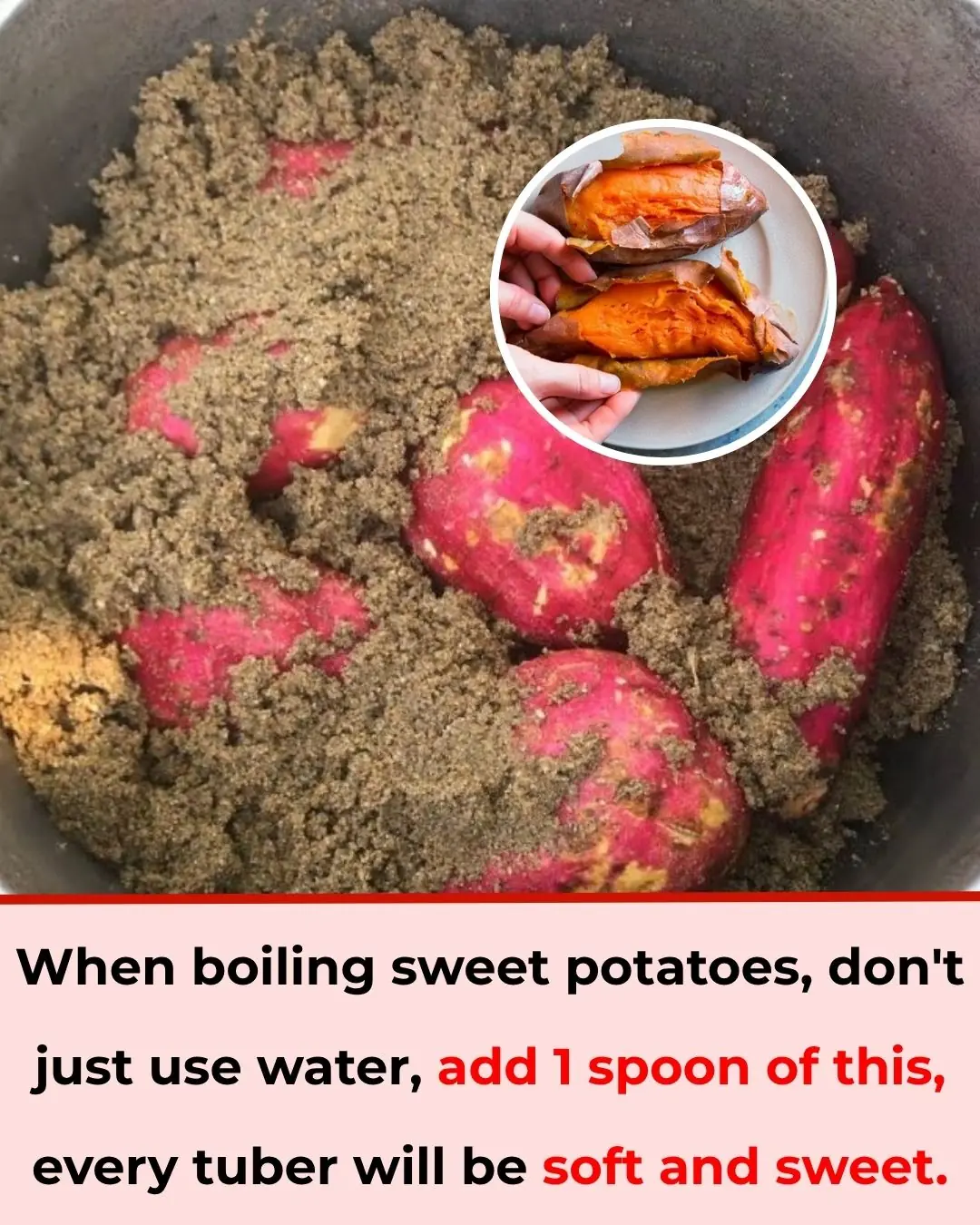
When boiling sweet potatoes, don't just use water, add 1 spoon of this, every tuber will be soft and sweet

Stir-fried beef is tough: Add these 3 steps, the meat will be softer, sweeter, and tastier than in restaurants
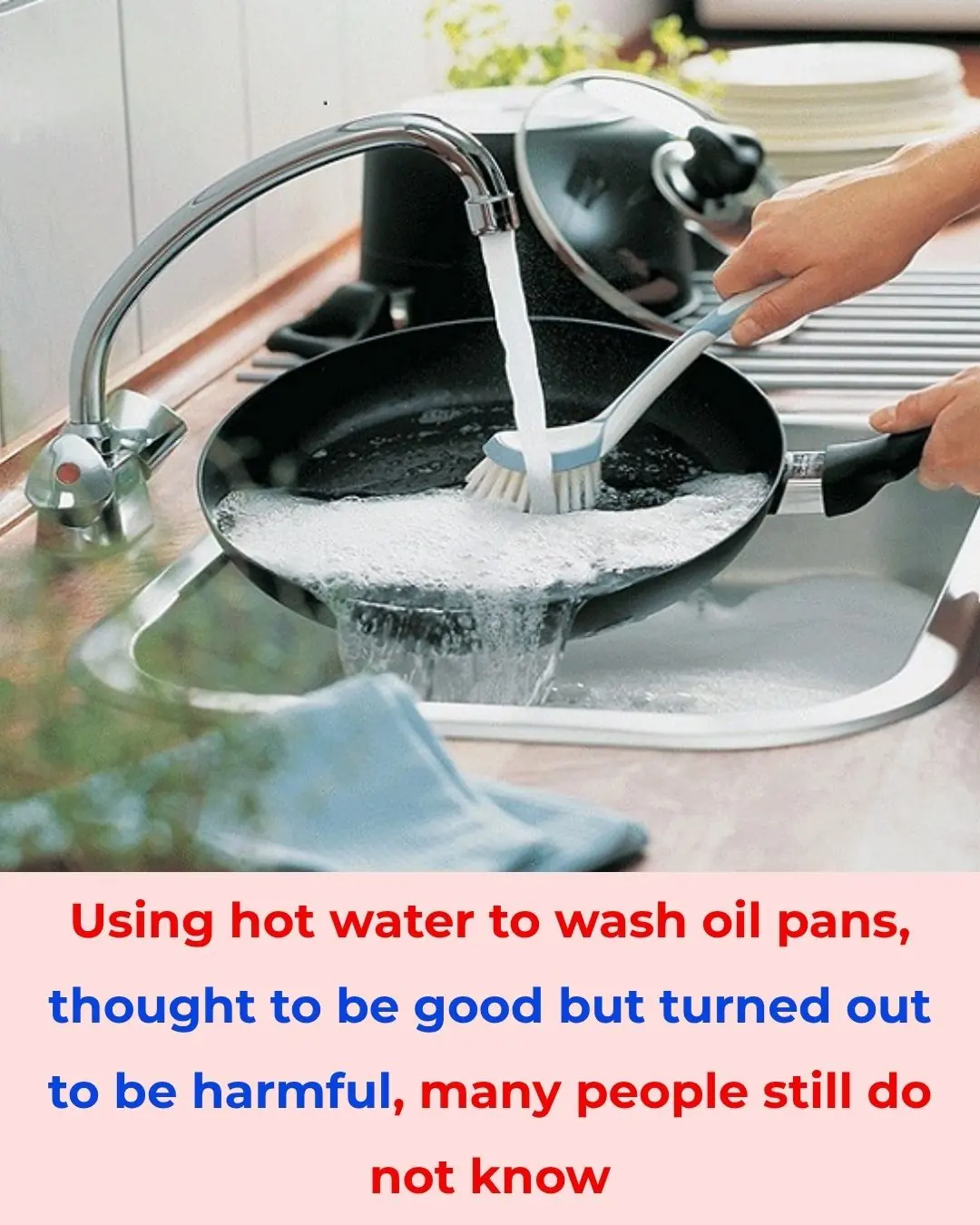
Using Hot Water to Clean a Greasy Pan Sounds Smart — But It’s Actually Doing More Harm Than Good

Why seniors should keep their socks on even at home
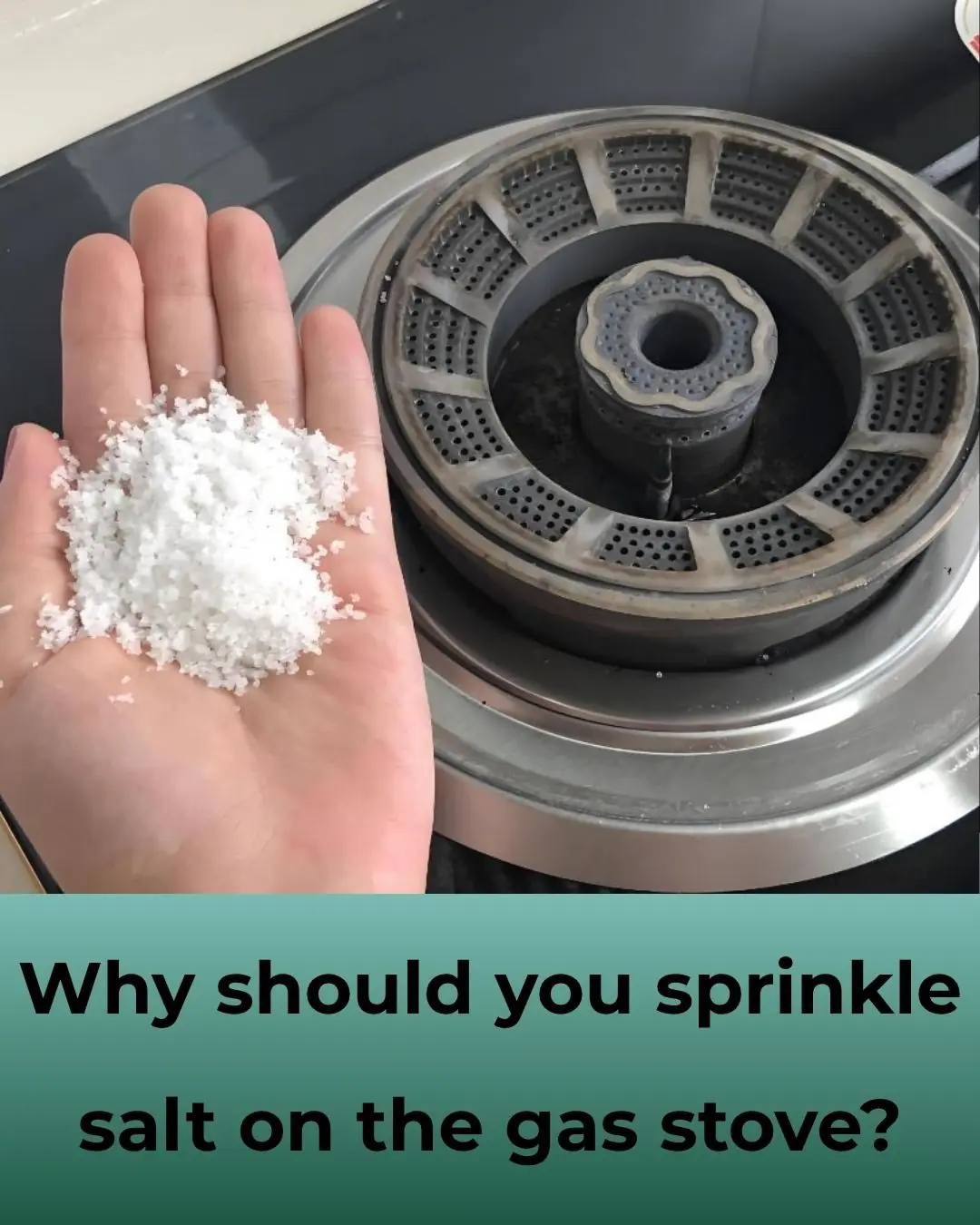
Why You Should Sprinkle Salt on Your Gas Stove — The Surprising Cleaning Hack That Works Wonders

10 fridge habits you’re doing wrong

Stop throwing out old hoses. Here are 10 brilliant hacks to use them around the house

You’re doing it all wrong. Here’s the right way to clean air vents

My nana taught me this hack to get rid of lawn burn from dog pee in 5 mins with 0 work. Here’s how it works

You're doing it all wrong. Here’s the right way to store milk and dairy
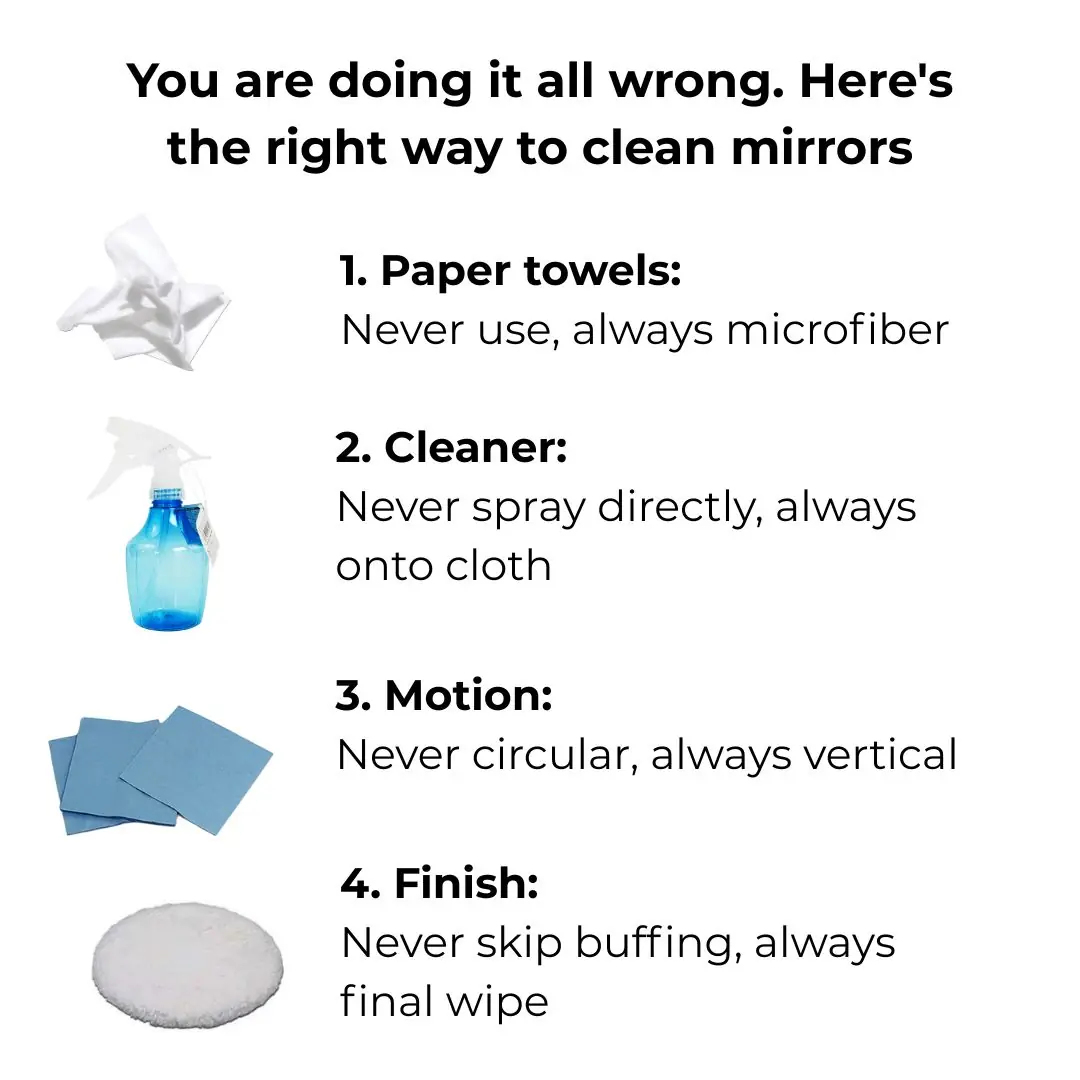
You are doing it all wrong. Here's the right way to clean mirrors
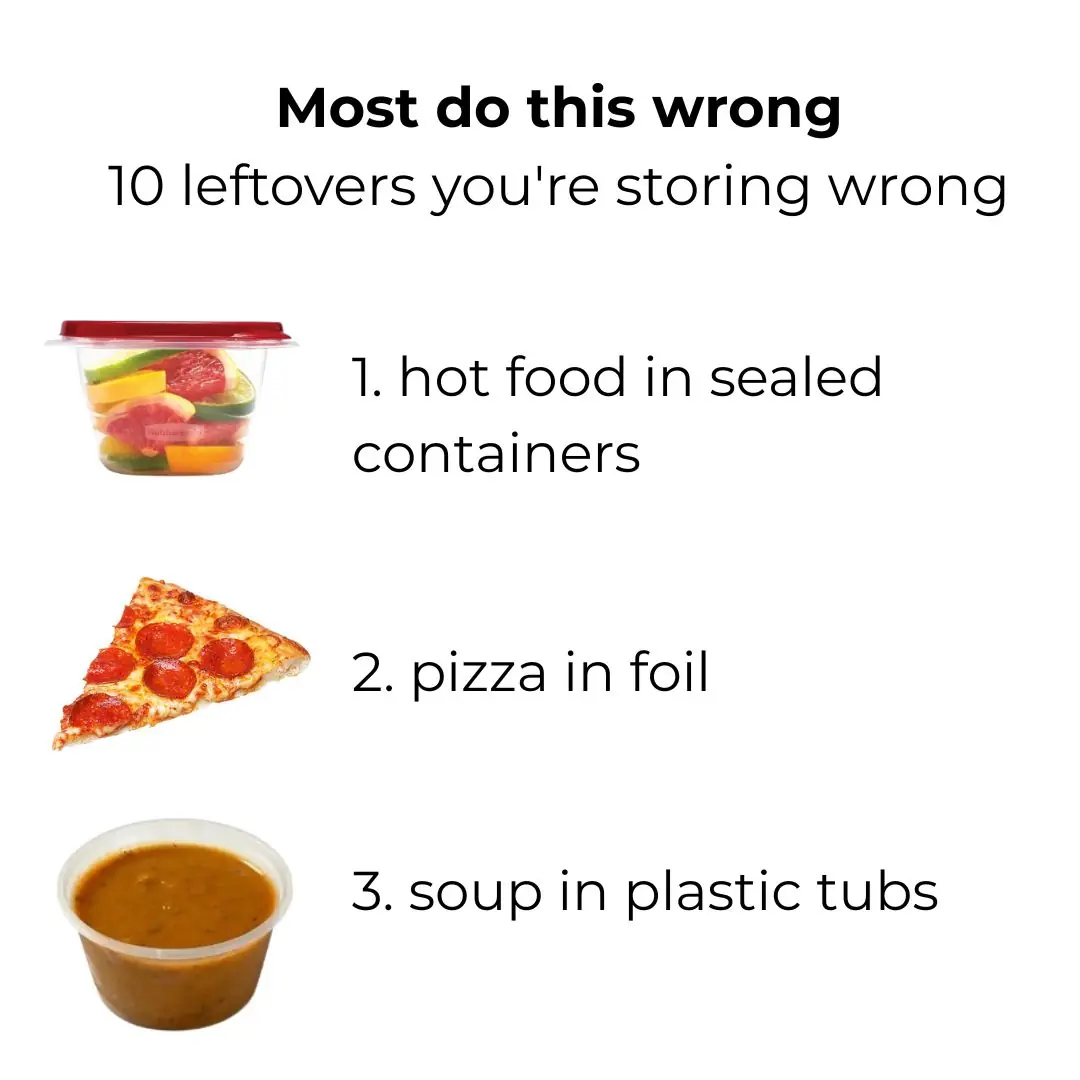
Most do this wrong. 10 leftovers you’re storing wrong

Delicious and crispy onion salt, you can keep it all year round without worrying about scum, just make it this way, whoever eats it will remember it forever

My nana taught me this hack to whiten yellow pillows in 5 mins with 0 work. Here’s how it works

If you see this plant, you are sitting on gold and don't even know it.
News Post

Popular Blood Pressure Drug Linked To Increased Risk of Skin And Lip Cancer

When making spring roll filling, remember 1 step carefully

Washing and conditioning hair with beer helps reduce hair loss and stimulates continuous hair growth

Soak your whole body with warm ginger water before going to bed.

Discover the Meaning of a Black Cat Approaching You

Add ice cubes to the bone broth

11 Benefits of Dandelion Roots

#1 Absolute Best Toenail Fungus Cure You Can Make at Home with Just 3 Ingredients

Banana Peel & Cornstarch: A Natural Skin Hack That Could Help You Look Younger
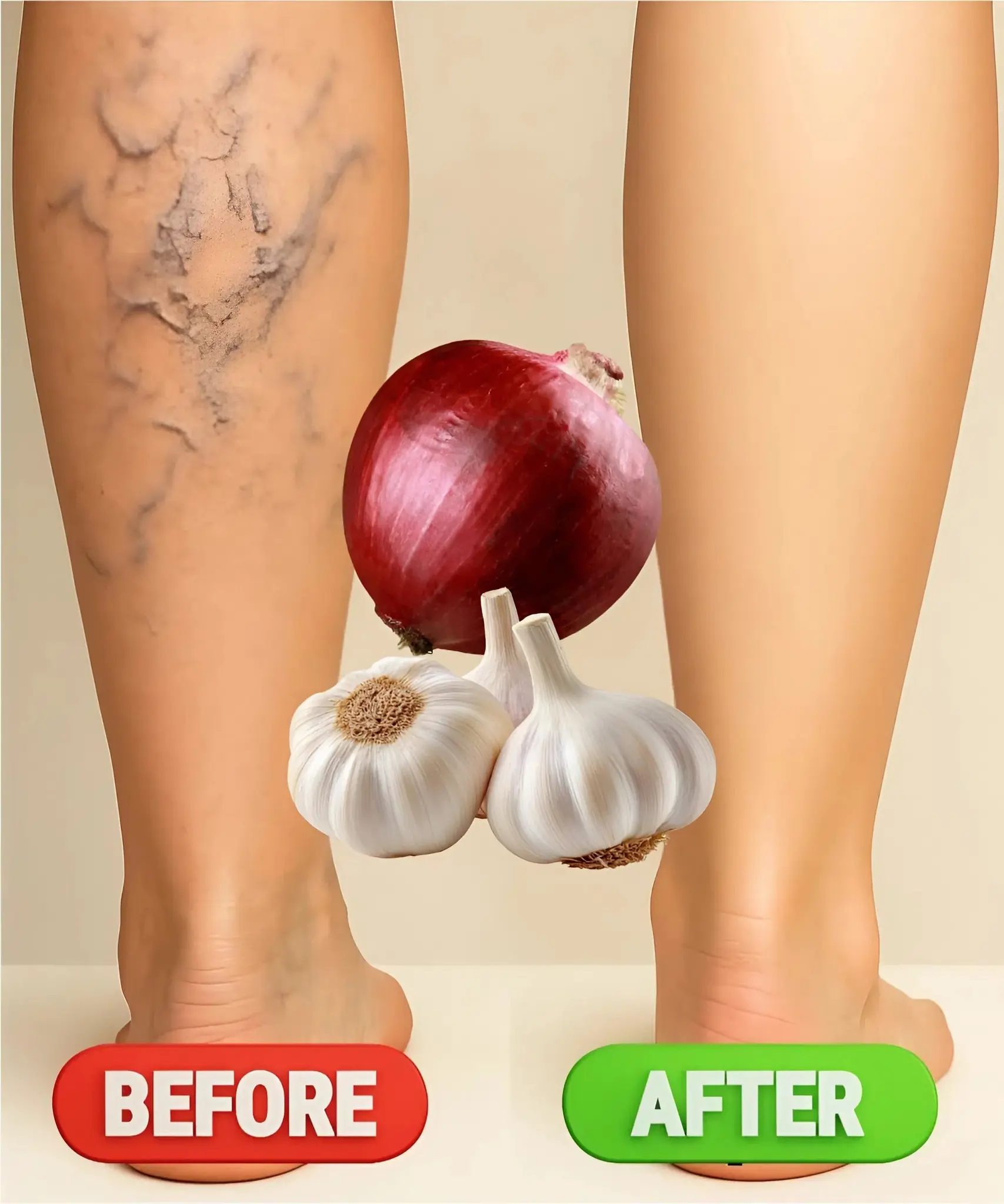
Homemade Remedies for Varicose Veins with Onion, Garlic, and Apple Cider Vinegar
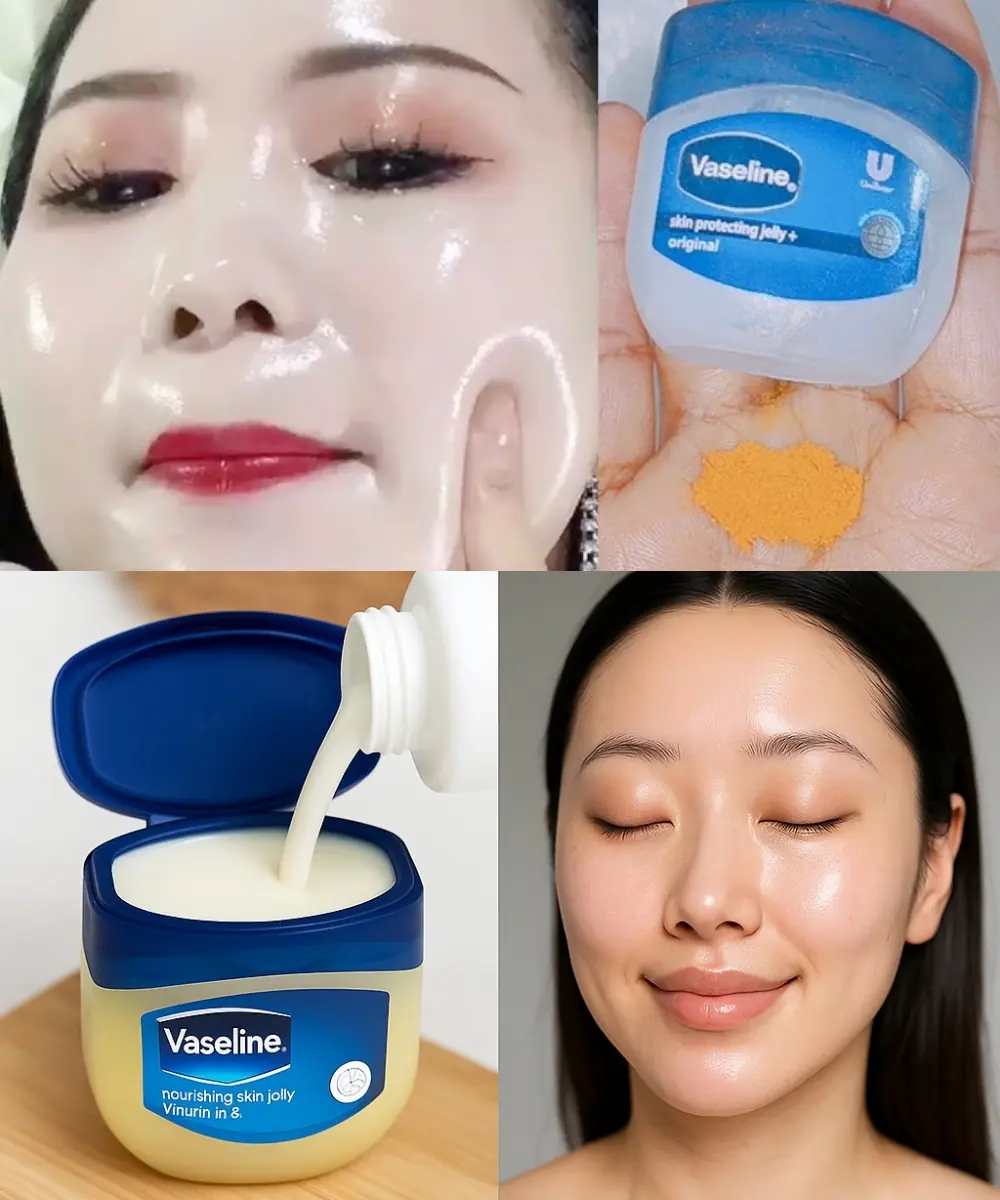
Crema Casera con Vaselina que Rejuvenece la Piel al Instante

Top 5 Natural Remedies to Shrink Enlarged Pores and Achieve Smooth Skin

DIY Onion Sunflower Seed Oil: Get New Hair In Bald Patches

Homemade Carrot Oil for Glowing Skin: A Natural Solution for Dark Spots, Wrinkles & Anti-Aging

Glow Ice: Rice Water Cubes to Shrink Pores and Get Clear, Radiant Skin

The Body’s Intuition: Signs of an Impending End

When boiling sweet potatoes, don't just use water, add 1 spoon of this, every tuber will be soft and sweet

Stir-fried beef is tough: Add these 3 steps, the meat will be softer, sweeter, and tastier than in restaurants

The Shoes You Pick Reveal What Kind of Woman You Are
